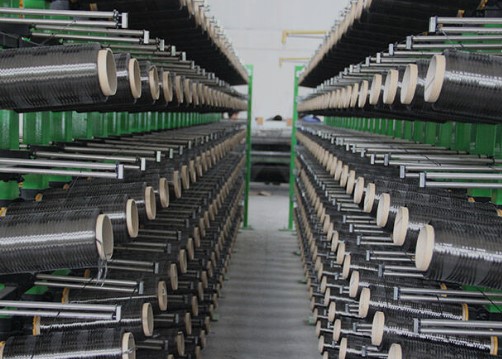Welcome to our journey into the world of carbon fiber sheets! In this article, we will be delving into the process of creating a high-quality T700 carbon fiber drone frame. So buckle up and get ready to explore the inner workings of a carbon fiber sheet factory.
What is Carbon Fiber?
Before we dive into the specifics of creating a T700 carbon fiber drone frame, let’s first understand what carbon fiber actually is. Carbon fiber is a strong and lightweight material that is made up of thin fibers composed mostly of carbon atoms. These fibers are woven together, often in a specific pattern, to create sheets or fabric that can be molded into various shapes and structures.
The Manufacturing Process
The process of creating carbon fiber sheets is highly specialized and involves several steps. Let’s take a look at the general manufacturing process:
- Raw Materials: The first step in creating carbon fiber sheets is sourcing the raw materials – typically polyacrylonitrile (PAN) or pitch.
- Polymerization: The PAN or pitch is heated to extremely high temperatures, causing it to form long chains of molecules. This process is known as polymerization.
- Spinning: The polymerized material is then spun into fibers, similar to the way cotton candy is made.
- Weaving: The fibers are woven together in a specific pattern to create sheets or fabric.
- Oxidation: Next, the sheets or fabric are heated in an oxygen-rich environment to remove any impurities and strengthen the fibers.
- Carbonization: The sheets or fabric are then placed in a furnace at temperatures of up to 3,000 degrees Fahrenheit, causing them to shrink and become rigid carbon fibers.
- Finishing: Finally, the carbon fibers undergo a finishing process where they are coated with resin and cured in an autoclave to create a strong and durable material.
Crafting the Ultimate T700 Carbon Fiber Drone Frame
Now that we have a general understanding of how carbon fiber sheets are made, let’s focus on creating our ultimate T700 carbon fiber drone frame. Here are the steps involved:
- Design: The first step is to design the frame using specialized software and considering factors such as weight, strength, and aerodynamics.
- Mold Creation: Once the design is finalized, a mold is created using CNC machines to ensure precision and accuracy.
- Cutting: Carbon fiber sheets are then cut into specific shapes according to the design using computer-controlled cutting machines.
- Lay-up: The cut carbon fiber pieces are then carefully laid out on the mold in layers, with resin applied in between to bond them together.
- Compression: The mold is then placed in a compression bag and vacuum-sealed to ensure a tight fit and remove any air bubbles.
- Curing: The frame is then cured in an autoclave at high temperatures and pressures, allowing the resin to harden and create a strong bond between the layers.
- Finishing: Once the curing process is complete, the frame is removed from the mold and any excess material is trimmed off. The surface may also undergo sanding and polishing to achieve a smooth finish.
Advancements in Carbon Fiber Technology
The use of carbon fiber in various industries, including the drone industry, is continuously evolving and improving. With advancements in technology, we are now able to create carbon fiber sheets with even higher strength-to-weight ratios, making them ideal for use in high-performance applications such as drone frames.
Conclusion
In conclusion, crafting a T700 carbon fiber drone frame involves a highly specialized process that requires precision and expertise. From the sourcing of raw materials to the final finishing touches, every step is crucial in creating a high-quality and durable product. We hope this article has given you a deeper understanding and appreciation for the intricate process of creating carbon fiber sheets and frames. So next time you see a sleek and lightweight drone, remember the hard work and technology that went into crafting it at a carbon fiber sheet factory. Happy flying!


